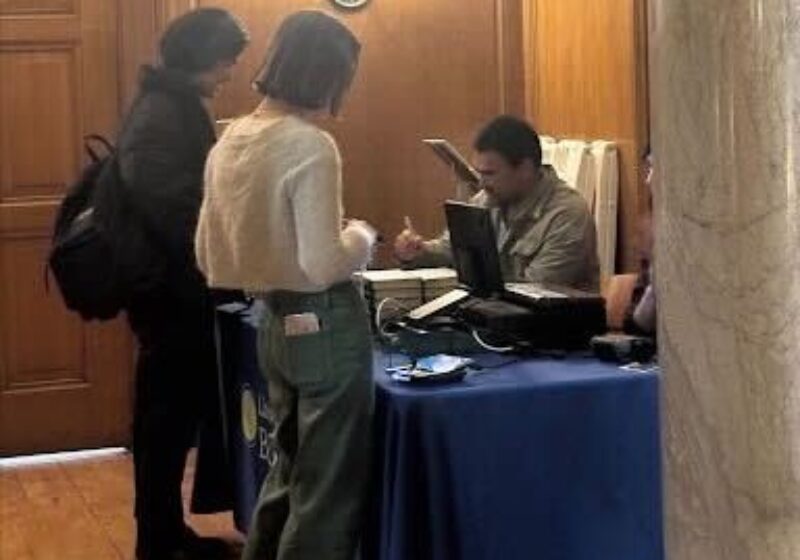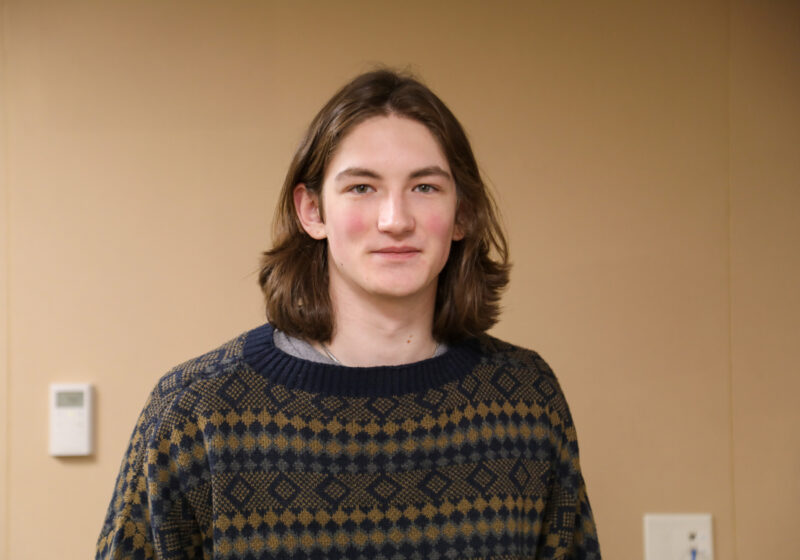A team of scientists from UR and the University of Melbourne, in Australia, are working together to create a new “mutant mouse” that could one day help to cure a series of rare diseases that affect young children.Director of UR Transgenic Facility Carl Pinkert and Ian Trounce from the University of Melbourne teamed up a few years ago to combine their efforts in altering the mitochondrial DNA of cells. “We met at a conference, recognized we had similar aims with different approaches, so we joined forces three years ago on this project,” Trounce said in a written statement. While much of the current DNA research being done is focusing on the genetic material located within the nucleus of a cell, Pinkert and Trounce have focused on the DNA found within a cell’s mitochondria. Mitochondria are responsible for producing the power and energy needed for cells to operate. “The mitochondria encode 37 genes, many of particular importance in energy metabolism,” Pinkert said in a written statement. A cell only has one nucleus, so altering nuclear DNA is relatively easy. However, mitochondria are more plentiful, with each cell containing between a hundred and a few thousand of them. This makes the task of altering the mitochondrial DNA much more difficult because 60 percent to 90 percent of the DNA must be changed in order to cause a result. “The methodology to modify mitochondrial genetics has been a daunting challenge.” Pinkert said. “You have to alter all the copies in all the mitochondria, otherwise heteroplasmy [mixture of two types of mtDNA in one cell] will occur and likely the introduced ‘mutant’ mtDNA will be lost as the cells divide in culture, or in the mouse during development,” Trounce said. The researchers took 1,136 mouse embryos and replaced their mitochondrial DNA with that of another species of mouse. The team then bred those mice to create a line of six “germ-line” mice. These mice contained only the “mutant” mitochondrial DNA. The six mice were all males and only three lived longer than 24 hours. “While we’re pleased with the success we did have, we have a lot of work ahead of us to figure out why the numbers are so low. It’s important to work this out, if we are to develop models of disease that will allow us to create new strategies and therapies for patients with incurable metabolic diseases affected by mitochondrial function,” Pinkert said in a press release. The research done by Pinkert and Trounce could one day lead to the treatment of a whole range of rare, early childhood neurological diseases. “These kids typically just get worse and die at a young age.There are no effective treatments,” Pinkert said. Both researchers are hopeful that by altering mitochondrial DNA, these diseases can be cured. It has also been hypothesized that mitochondrial DNA is responsible in part for a group of aging related diseases. Eventually, the “mutant mice” could be used to test new treatments. “The Mitochondrial Research Society estimates that more than 50 million adults in the US suffer from diseases in which mitochondrial dysfunction is involved and that mitochondrial dysfunction is found in a broad spectrum of diseases from diabetes and infertility to cancer and age-related neurodegenerative diseases, such as Parkinson’s, Alzheimer’s and Huntington’s,” Pinkert said. Technical associate Carolyn Cassar assisted Pinkert. Matthew McKenzie performed much of the research in Trounce’s lab and is the lead author of the paper detailing their research. The National Institute of Health and Medical Research Council of Australia funded the research.
Community
Community-engaged learning: how to improve UR
There is room for all students to learn first-hand from the city, regardless of major.
books
Plutzik reading series returns hosting Gabriel Bump
Reading from his forthcoming novel, Bump gave voice to a man pondering his upbringing and parental figures.
majors
An expanding major: A spotlight on Politics, Philosophy and Economics
Senior Michael Hazard, one of the inaugural students of the University's PPE major, attended a national conference for his research in early February.


